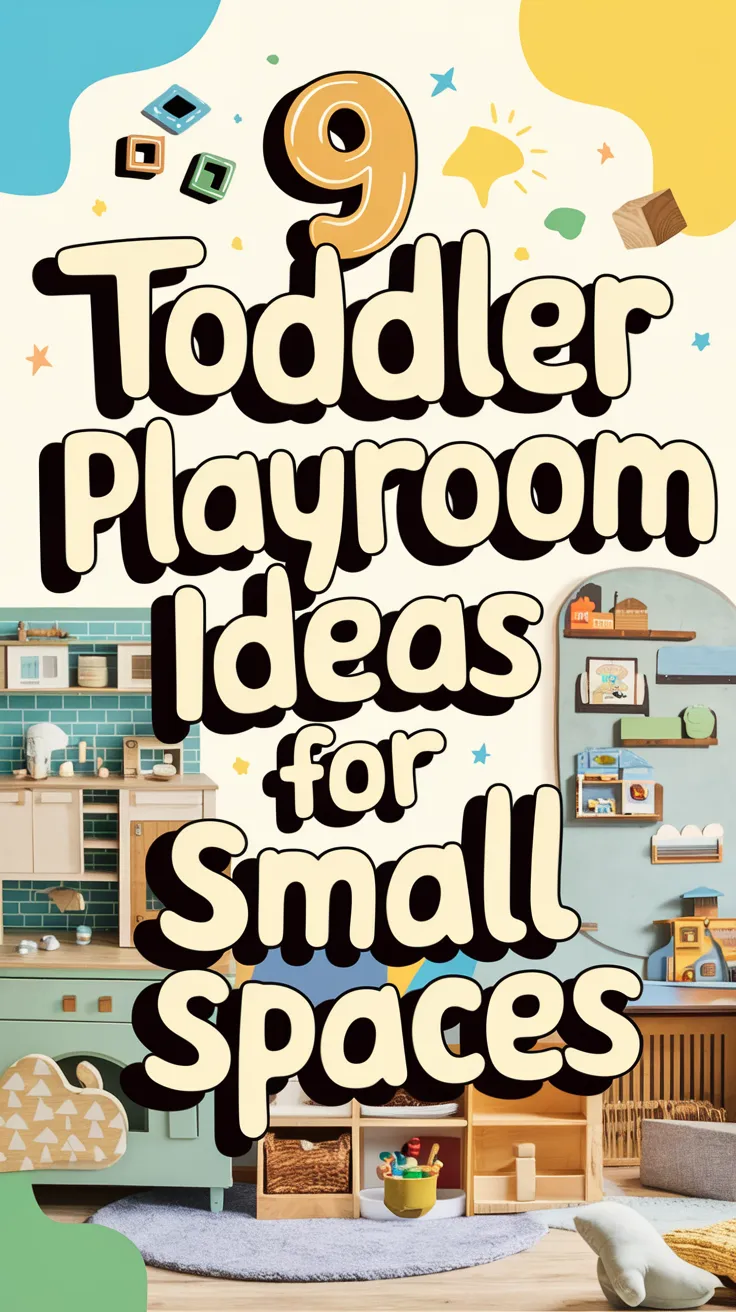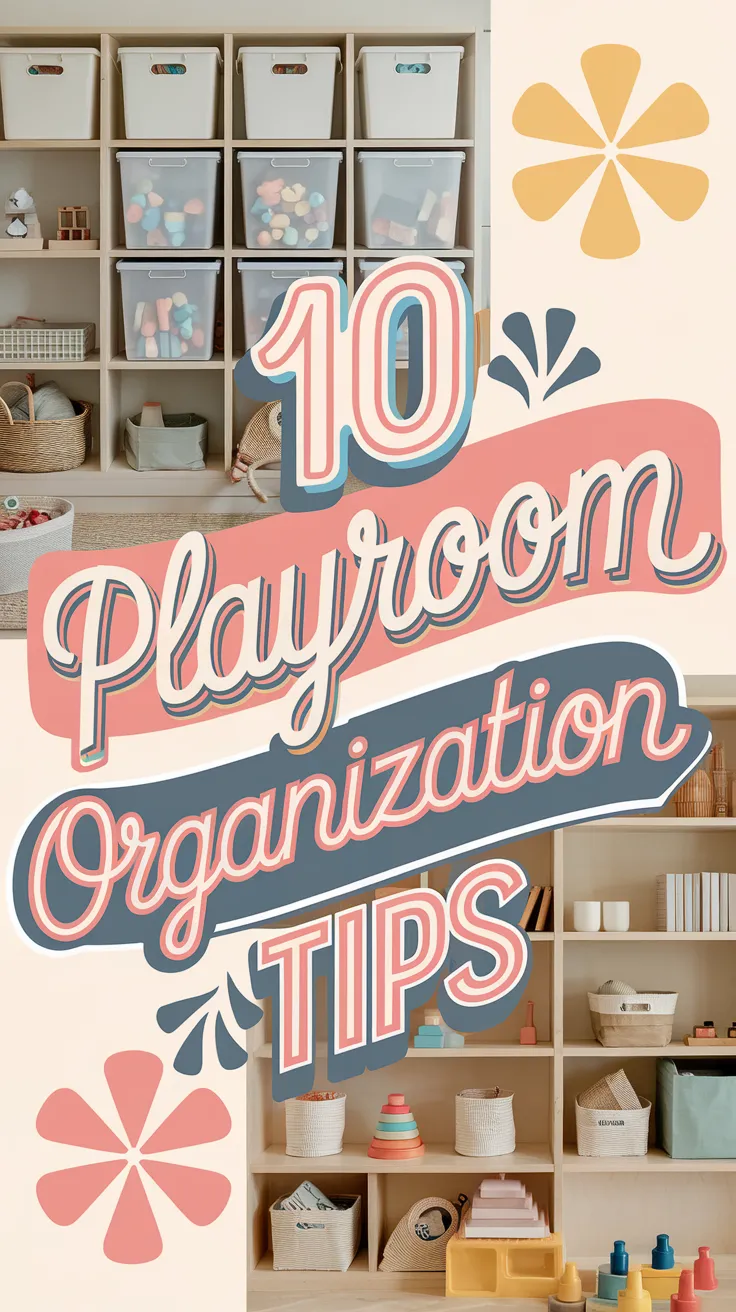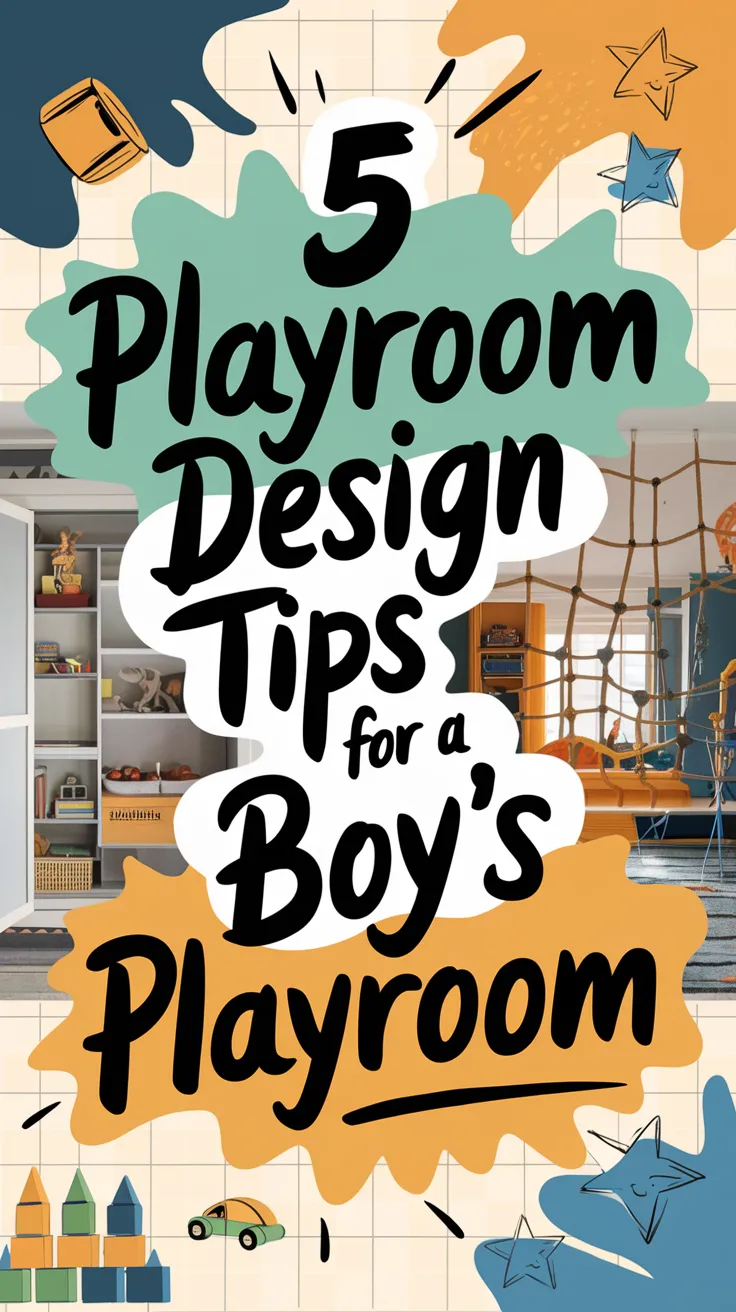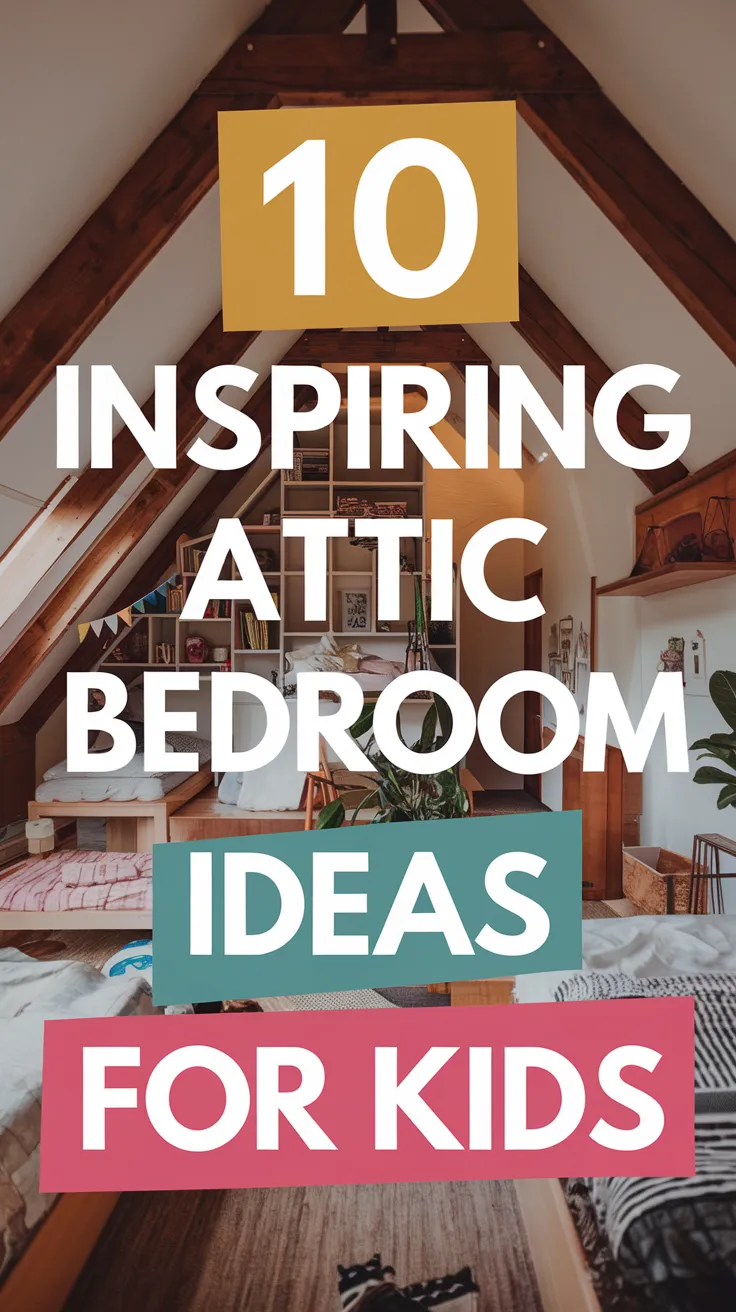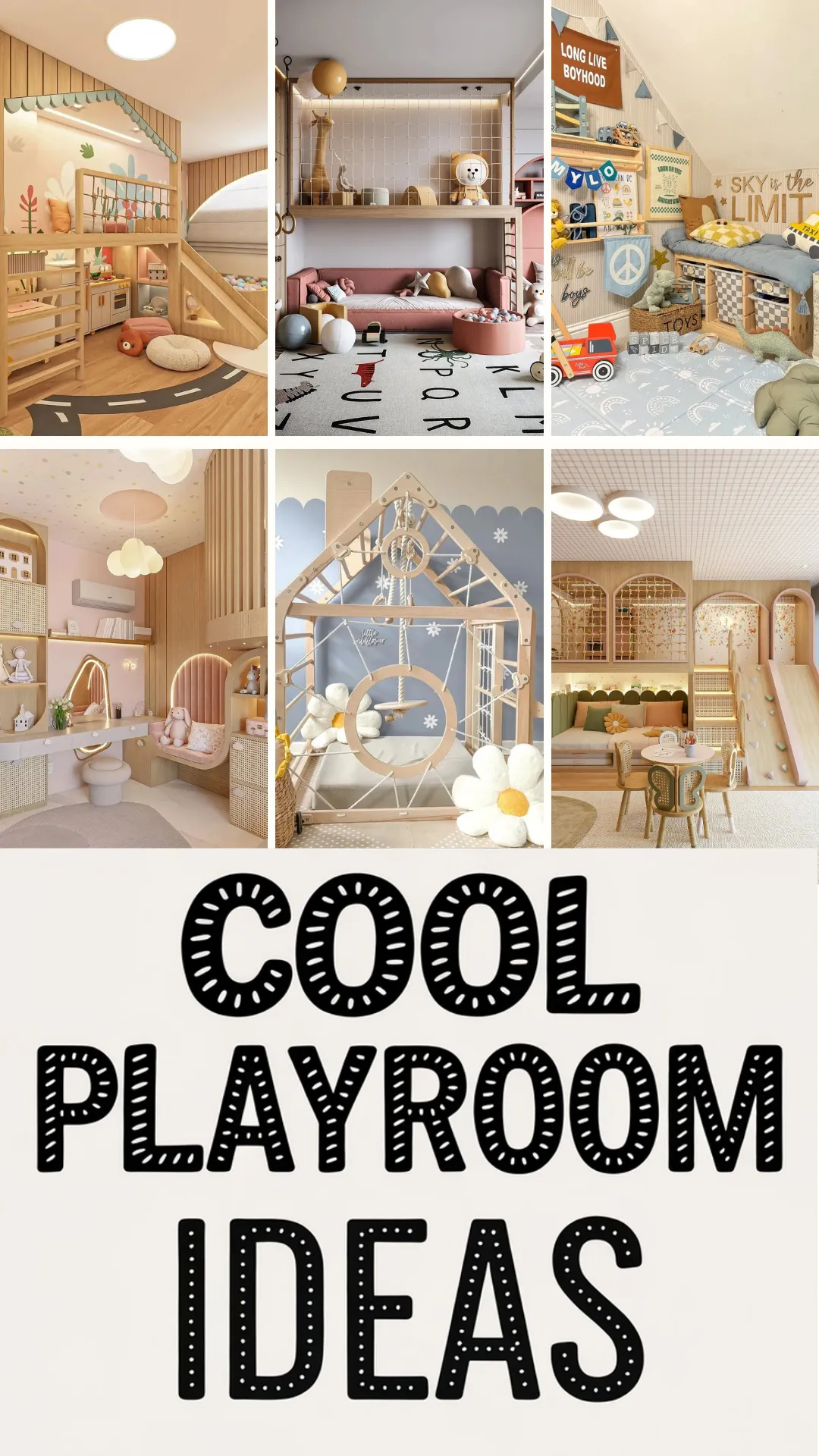This post may contain affiliate links. As an Amazon Associate I earn from qualifying purchases. If you click and buy, I may receive a small commission at no extra cost to you. Read our Disclosure Policy
No spare playroom? No problem! These clever family room and playroom combo ideas are perfect for small spaces—think smart storage, multitasking furniture, and stylish ways to keep the toy chaos under control. ??? #PlayroomIdeas #FamilyRoomDesign #SmallSpaceLiving #ToyStorage #PlayroomOrganization

How to Share a Living Room With Your Kids Without Losing Your Sanity
Ever tried to relax on the couch with a cup of tea, only to realize you’re sitting next to a Barbie with no pants and a plastic dinosaur staring into your soul? Welcome to the world of the family room and playroom combo.
If you’re working with one main living space that has to serve multiple jobs—movie nights, homework central, building block headquarters—you’re not alone. Lots of us don’t have the luxury of a dedicated playroom, which means making the most of the space we do have.
The good news? With a few clever design tricks (and a little creative thinking), your family room can still look grown-up and be a fun, functional spot for the kids to play. This guide is packed with ideas to help you balance playtime chaos with your own need for a cozy, clutter-free zone. Because yes, you can have a place for the Magna-Tiles and a couch you’re not embarrassed to sit on when guests come over.
6 Easy Ways to Make a Family Room and Playroom Combo Work in Your Home
Here are 6 easy ways to make a shared family room + playroom setup that works for the whole family.
1. Choose Storage That Hides the Mess (But Still Works for Kids)
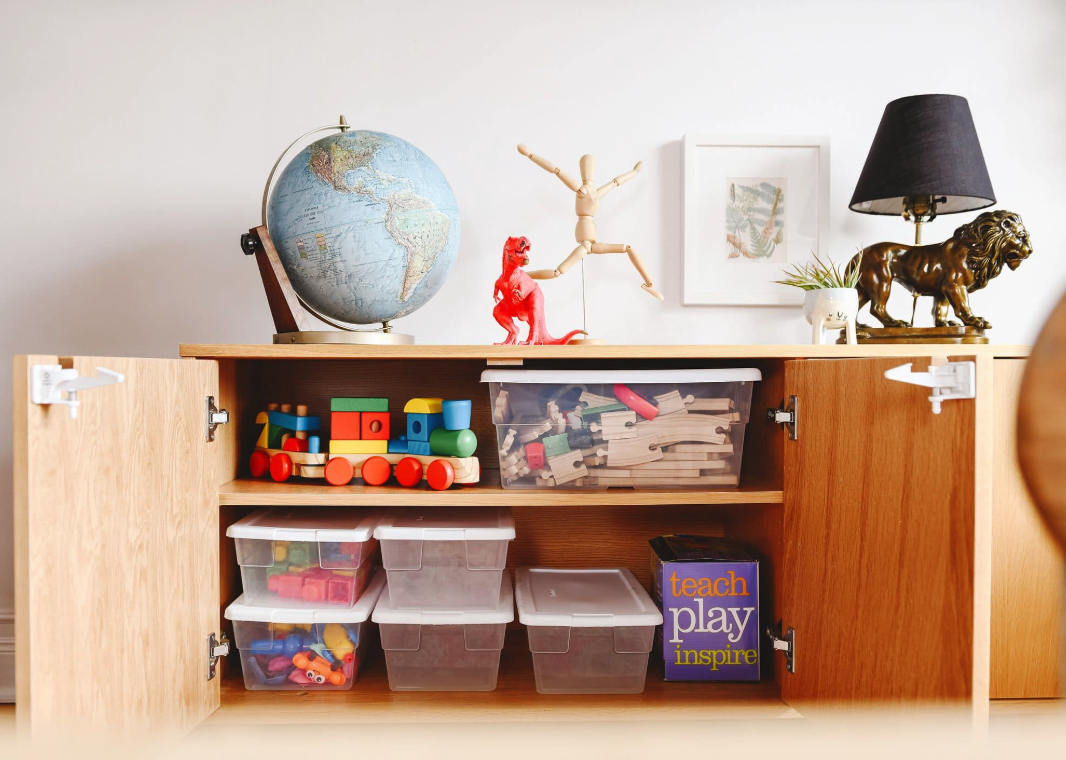
When your living room is also your playroom, storage becomes less of a “nice to have” and more of a “please help me before I step on another LEGO” kind of situation. The goal? A system that makes it easy for kids to find their toys and even easier for everyone to put them away at the end of the day (preferably without a meltdown).
Here are some mom-tested, small-space-friendly storage ideas that work with your life—not against it:
- Go for closed storage: Think lidded baskets, bins with doors, or cabinets. Open toy shelves look cute for five minutes—until the toddler tornado hits.
- Use cube organizers with bins: These are gold. Kids can pull out a bin to play, then chuck everything back in when they’re done. Bonus: you can label them with words or pictures so little ones know what goes where.
- Furniture that hides the mess: Ottomans that open up? Coffee tables with drawers? Yes, please. Bonus points if you can stash the crayons and your secret chocolate stash.
- Rolling carts: Perfect for arts and crafts, LEGO collections, or train sets. You can wheel the whole thing out of the way when company comes over. It’s like the toy version of a disappearing act.
- Under the couch = storage real estate: If your sofa has clearance underneath, grab some flat rolling bins and turn that forgotten floor space into a secret toy vault.
The secret is not just having storage—it’s making it easy to use. Because if it takes more than three steps to put something away, your kids will 100% just toss it behind the couch and run.
2. Pick Furniture That Does Double (or Triple) Duty
When space is tight, your furniture needs to pull double (or triple) duty—because let’s be real, we’re not living in an IKEA showroom with a magic wall that flips into a trampoline. The trick is choosing pieces that work for both playtime and chill time.
Here are some MVPs for your family room/playroom combo:
- A couch on wheels (or light enough to shift): Being able to scoot the sofa out of the way means more floor space for building forts or hosting stuffed animal dance parties. Then just roll it back when it’s time for movie night.
- Coffee tables with hidden storage: Look for ones that lift up (hello, snack table!) or have compartments underneath for books, puzzles, or tiny plastic food from the play kitchen.
- Foldable kid furniture: Play tables and chairs that collapse or stack neatly are perfect for small spaces. Bring them out when needed, then stash them behind the sofa when you want your grown-up living room back.
- Storage benches and poufs: Soft seating that hides blocks, dolls, or even the train set? Yes. Always yes.
- TV consoles with toy-friendly drawers: Nobody said you couldn’t mix Hot Wheels with HDMI cables. Just pick a console with drawers or baskets and claim a few for the kids’ gear.
Think of your furniture like the overachieving PTA mom—if it can host the meeting, bake the cupcakes, and clean up afterward, it’s a keeper.
3. Use Rugs, Shelves, or Paint to Create “Zones”
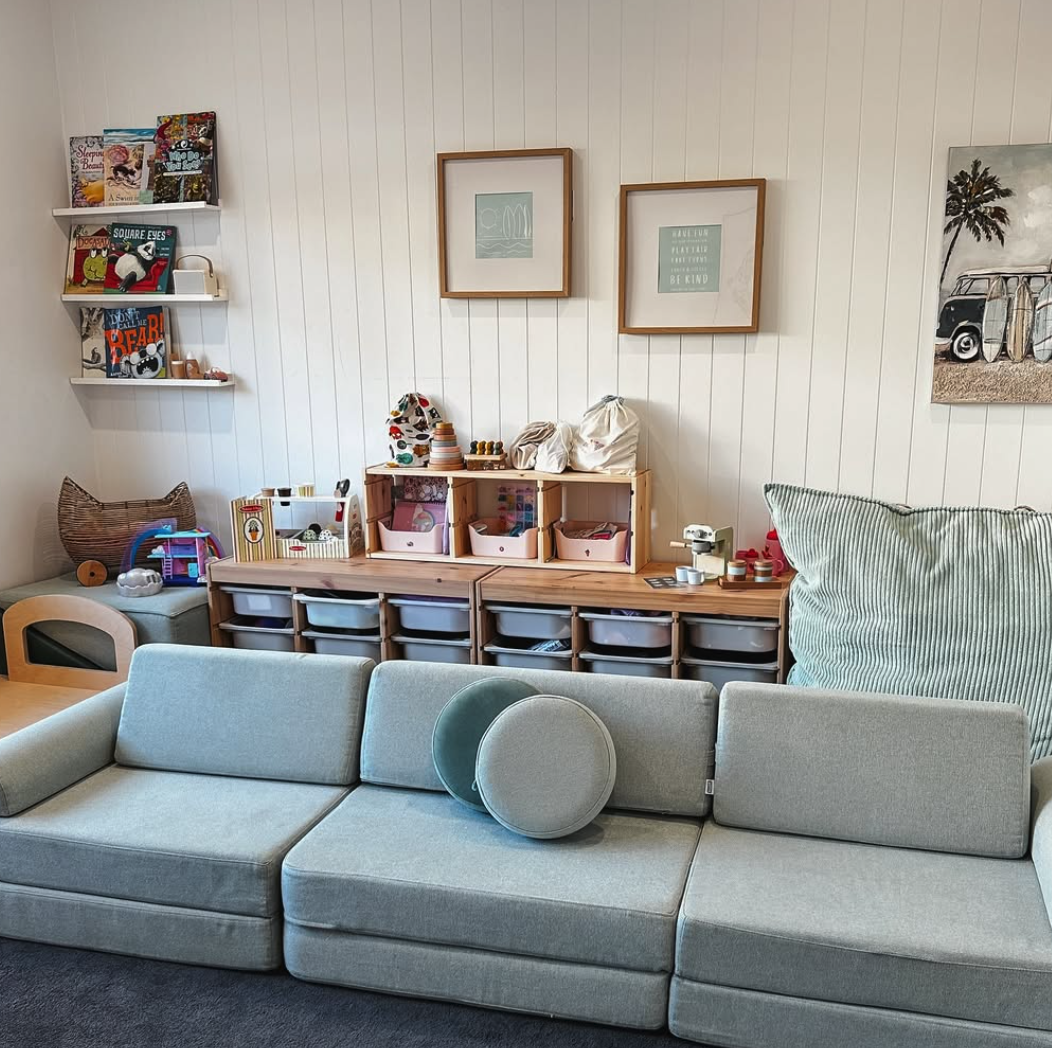
Just because you don’t have an extra room doesn’t mean you can’t fake it ’til you make it. Creating separate zones in a shared space helps kids know where playtime happens—and helps grown-ups reclaim at least a sliver of sanity.
Here’s how to set up smart “invisible” boundaries:
- Rugs = instant room dividers: Pop a colorful rug in the play corner and a neutral one under the sofa. Boom—two zones, no walls needed.
- Use paint or wall decals: A little accent wall (or even just a painted arch) behind the toy area helps define the kids’ corner without overwhelming the room.
- Back of the couch = boundary line: Floating your sofa in the middle of the room can act as a natural divider. Put the play zone behind it so it’s out of sight when you’re trying to unwind.
- Low open shelving as a “wall”: A cube shelf can create a boundary and store toys at the same time. It’s like a stylish fence, but with bins full of Duplo.
- Curtains or room dividers: If you’re feeling fancy (or just desperate), a ceiling-mounted curtain rod or folding screen can separate the space during the day and open it up again at night.
Zoning your room makes the space feel organized—even if it’s still full of blinking plastic toys that won’t stop singing.
4. Rotate Toys to Keep Things Fresh (and Reduce Clutter)
Let’s be honest—most kids only play with about 10% of their toys, and the rest somehow just end up all over the floor. That’s where toy rotation comes in. It’s like a magic trick for small spaces (and tired parents).
Here’s how to make it work without making it complicated:
- Keep only a few things out at a time: Choose a mix of favorites and forgotten gems—enough to keep them busy but not so much that it looks like a toy store exploded.
- Stash the rest in bins out of sight: Under-bed storage, high-up closets, or even that scary cupboard above the fridge—anywhere the kids won’t find them easily.
- Rotate weekly or monthly: Swap things out when the current batch starts losing its sparkle. You’ll be amazed how excited your kids get about toys they haven’t seen in a while—like Christmas without the wrapping paper.
- Include different types of play: A few open-ended toys (blocks, dolls, cars), something creative (crayons, stickers), and a few “special” items (a toy they forgot they loved).
Toy rotation keeps the play zone tidy, fresh, and less overwhelming—which also means fewer battles about cleaning up. (Well, fewer ish.)
5. Hide the Chaos with Smart Styling Tricks
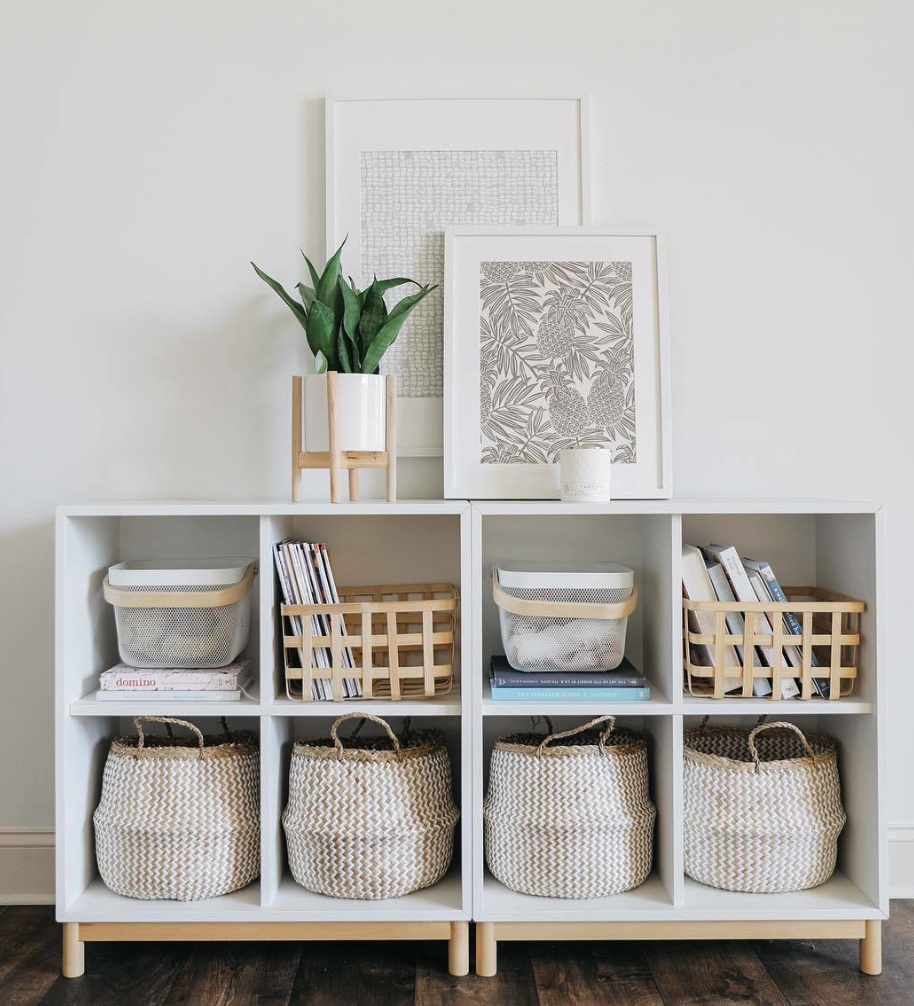
Even if everything has a “home,” sometimes the sheer look of a combo space can feel… a little too Fisher-Price meets garage sale. The goal here? Keep the toys accessible but not in-your-face every time you sit down to watch a grown-up show that doesn’t involve talking animals.
Here’s how to keep things looking calm (even if it’s not exactly quiet):
- Stick to a neutral color palette for storage: Baskets in white, beige, or wood tones blend in way better than neon bins that shout, “A toddler lives here!!”
- Use closed storage wherever you can: Cabinets with doors, bins with lids, or even cute fabric drawers can hide a multitude of sins (like puzzle pieces and Paw Patrol gear).
- Group toys by type—not just by chaos level: Cars in one bin, dolls in another, magnetic tiles in their own little world. It makes it easier to grab and easier to clean.
- Limit open shelving to the “pretty” stuff: Wooden toys, books with nice covers, or that aesthetically pleasing rainbow stacker? Yes. The electronic chicken that squawks when you bump it? Hide that sucker.
- Avoid over-decorating the play area: A fun rug or one cute wall decal is great, but too much visual stimulation can make the space feel even more chaotic. Less is more!
When the toys are tucked away and your throw pillows are back where they belong, your living room will finally feel like a space everyone can enjoy—even if there’s still a plastic donut under the sofa.
6. Make Your Layout Work for Real Life (Not Instagram)
Okay, you’ve got the clever storage, the multitasking furniture, and the zones that kind of make it feel like two rooms in one. Now let’s talk about how to make the whole thing work—because this space needs to hold up to everything from morning snacks to bedtime stories (with about six meltdowns in between).
Here’s how to make your combo room flow like a well-oiled, Goldfish-crumb-covered machine:
- Think about sightlines: Make sure you can keep an eye on the play area from your favorite seat on the couch. That way, you can supervise without leaving your coffee behind.
- Create a “drop zone” for toys-in-use: Whether it’s a cute basket or a storage ottoman, have one spot where the day’s favorite toys can live temporarily—so they’re not always being dragged across the room like lost luggage.
- Leave open floor space for play: Resist the urge to fill every corner with furniture. A clear patch of floor in the play zone is basically a blank canvas for imagination (or indoor tricycle laps).
- Establish a quick cleanup routine: A 5-minute tidy-up before dinner or bedtime helps keep things manageable. Bonus: toddlers love timers, and you can make it a game—“Can we beat the clock before the buzzer goes off?!” or sing the clean up song!
- Use lighting to set the vibe: Bright and cheerful in the play area, cozy and calm in the movie-watching zone. Lamps or string lights can help shift the mood without doing a full room makeover.
The key is designing a space that flexes with your day—because no two days (or hours) ever look the same when little kids are involved. And if the floor ends up covered in crayons and Goldfish again? That’s what baskets and wine are for.
Final Thoughts: You Can Have Both
If you’ve been feeling like you have to choose between a functional playroom and a relaxing family space—surprise! You don’t. With a little strategy (and maybe a few baskets), your living room can totally double as a kid-friendly play zone and your grown-up haven after bedtime.
It’s not about perfection—it’s about making a space that actually works for your real life. One where the toys have a home, the couch is still cozy, and you don’t have to shove everything into a closet before someone drops by.
So whether your living room is hosting a tea party, a LEGO build-a-thon, or a Sunday night movie marathon… you’ve got this, mama. And honestly? That’s one hardworking room—and one hardworking parent.
- Toddler Playroom Ideas for Small Spaces: 9 Places You’d Never Think to Put a Play Area
- 10 Creative Small Playroom Ideas to Maximize Fun
- 10 Playroom Organization Tips for a Tidy & Fun Space

